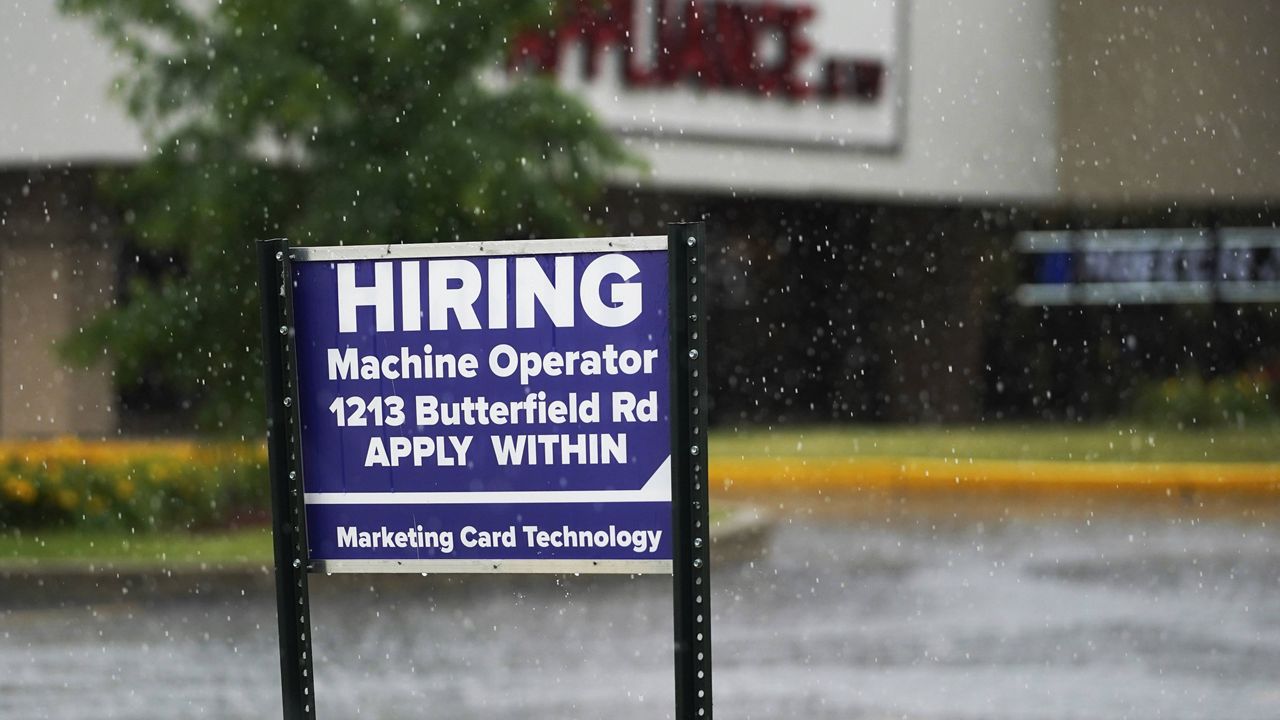WASHINGTON (AP) — The number of Americans applying for unemployment benefits has reached its lowest level since the pandemic struck last year, further evidence that the U.S. economy and job market are quickly rebounding from the pandemic recession.
What You Need To Know
- The number of Americans applying for unemployment benefits has reached its lowest level since the pandemic struck last year, further evidence that the U.S. economy and job market are quickly rebounding
- Thursday’s report from the Labor Department showed that jobless claims fell by 26,000 last week to 360,000
- The weekly tally, a proxy for layoffs, has fallen more or less steadily since topping 900,000 in early January
Thursday’s report from the Labor Department showed that jobless claims fell by 26,000 last week to 360,000. The weekly tally, a proxy for layoffs, has fallen more or less steadily since topping 900,000 in early January.
The U.S. recovery from the recession is proceeding so quickly that many forecasters have predicted that the economy will expand this year by roughly 7%. That would be the most robust calendar-year growth since 1984.
The rollout of COVID-19 vaccines has sharply reduced new viral cases — from a seven-day average of around 250,000 in early January to roughly 25,000 recently — despite a recent uptick. As the health crisis has receded, cooped-up Americans have increasingly emerged from their homes, eager to spend on things they had missed during pandemic lockdowns — dinners out, a round of drinks, sports and entertainment events, vacation getaways and shopping trips.
In response, businesses have scrambled to meet the unexpected surge in customer demand: They are posting job openings — a record 9.2 million in May — faster than they can fill them. The worker shortage in many industries is causing employers to raise wages and in some cases to raise prices to offset their higher labor costs.
The supply of potential hires is being held back by a variety of factors. Many Americans still have health concerns about working around large numbers of people. Many people, mostly women, are no longer working or looking for work because they had to care for children when schools and day care centers shut down. And roughly 2.6 million older workers took advantage of enlarged stock portfolios and home values to retire early.



